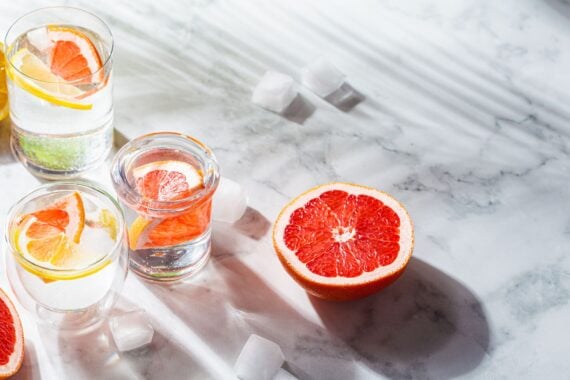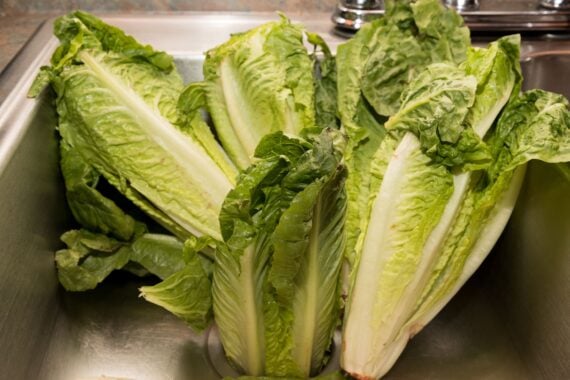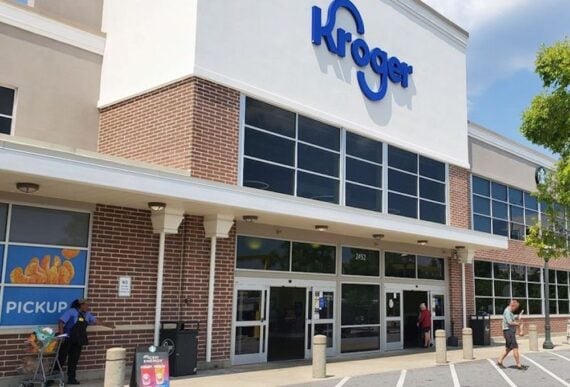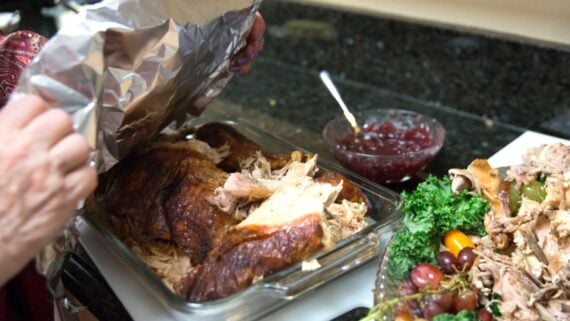Contrary to popular belief, there is no expert recommendation that we need to drink eight 8-ounce cups of water per day. Consider it a “healthy habit” that just isn’t true. This hinges on the fact that our fluid intake is complemented by the food we eat. Current recommendations for total fluid intake are from 91 to 125 fluid ounces. While eight glasses of water will certainly help keep you hydrated, there are other sources to tap, too.
Cucumber
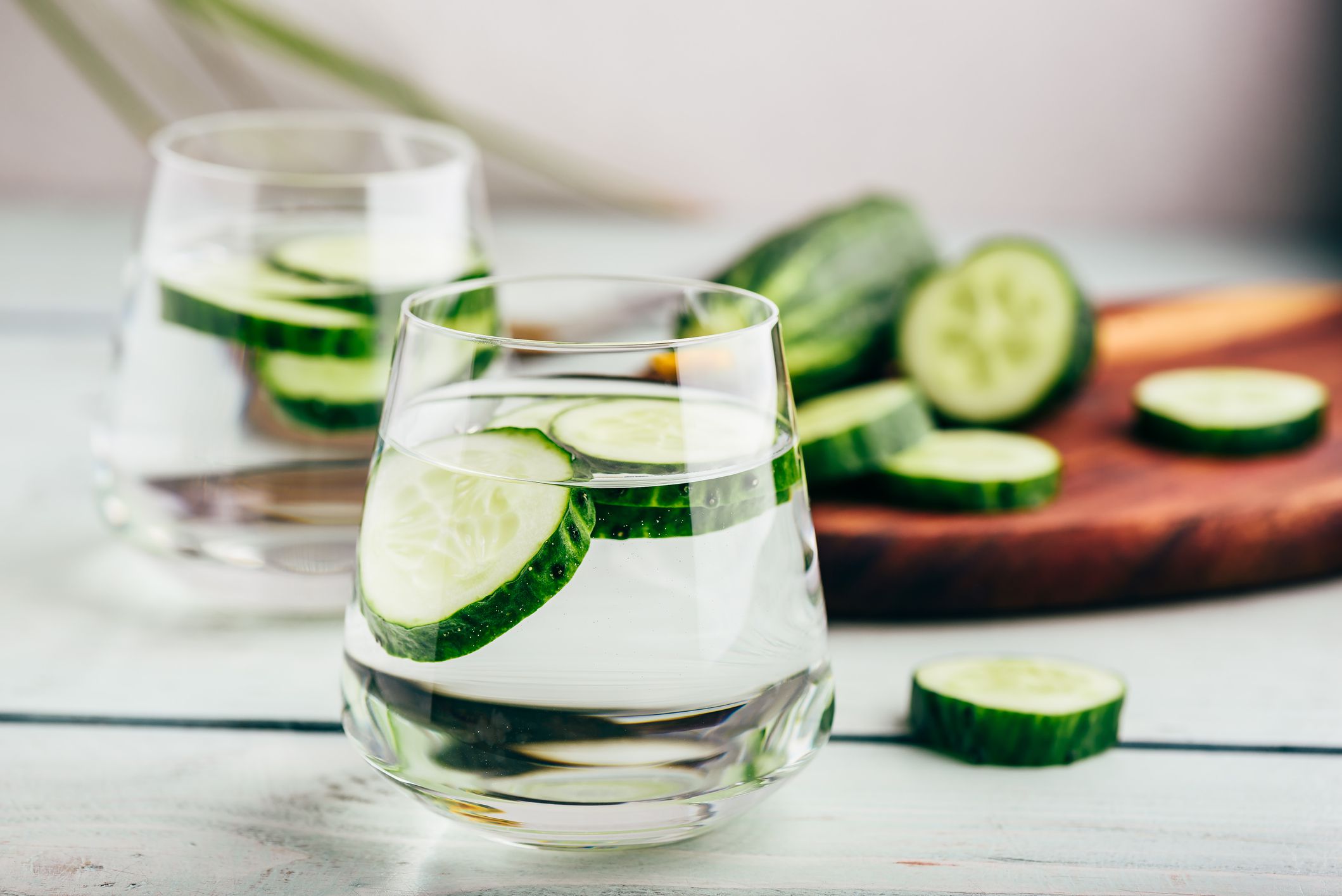
Cucumbers belong to the same botanical family as melons and squashes, and unsurprisingly, they are loaded with water, packing a whopping 96 percent water content.
Iceberg Lettuce
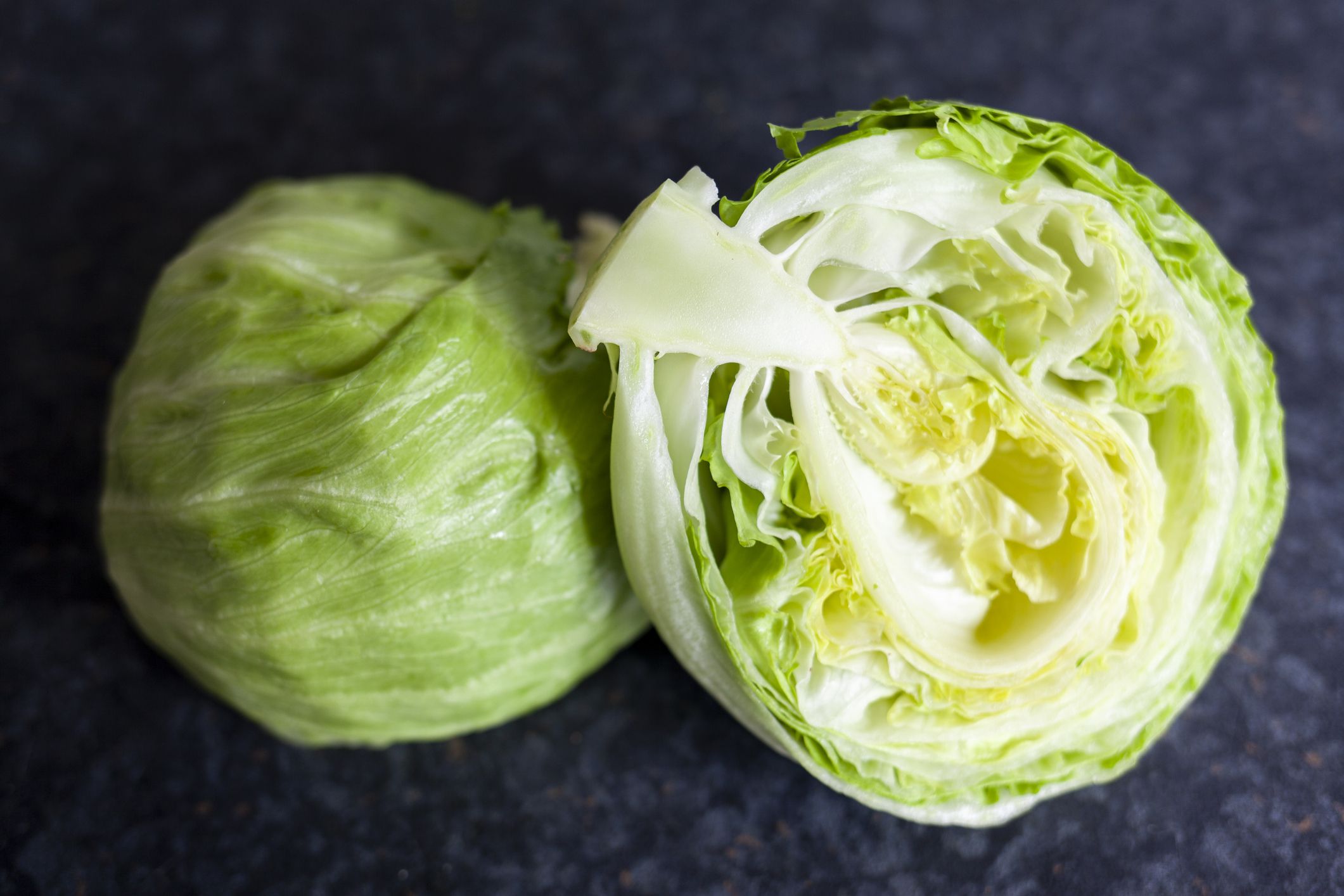
While iceberg lettuce may get a bad rap for being low on nutrients, it’s actually a very good source of fiber, folate, and a few vitamins, such as A, C, and K. Oh, and it’s chock full of liquid — it’s about 96 percent water.
Eggplant
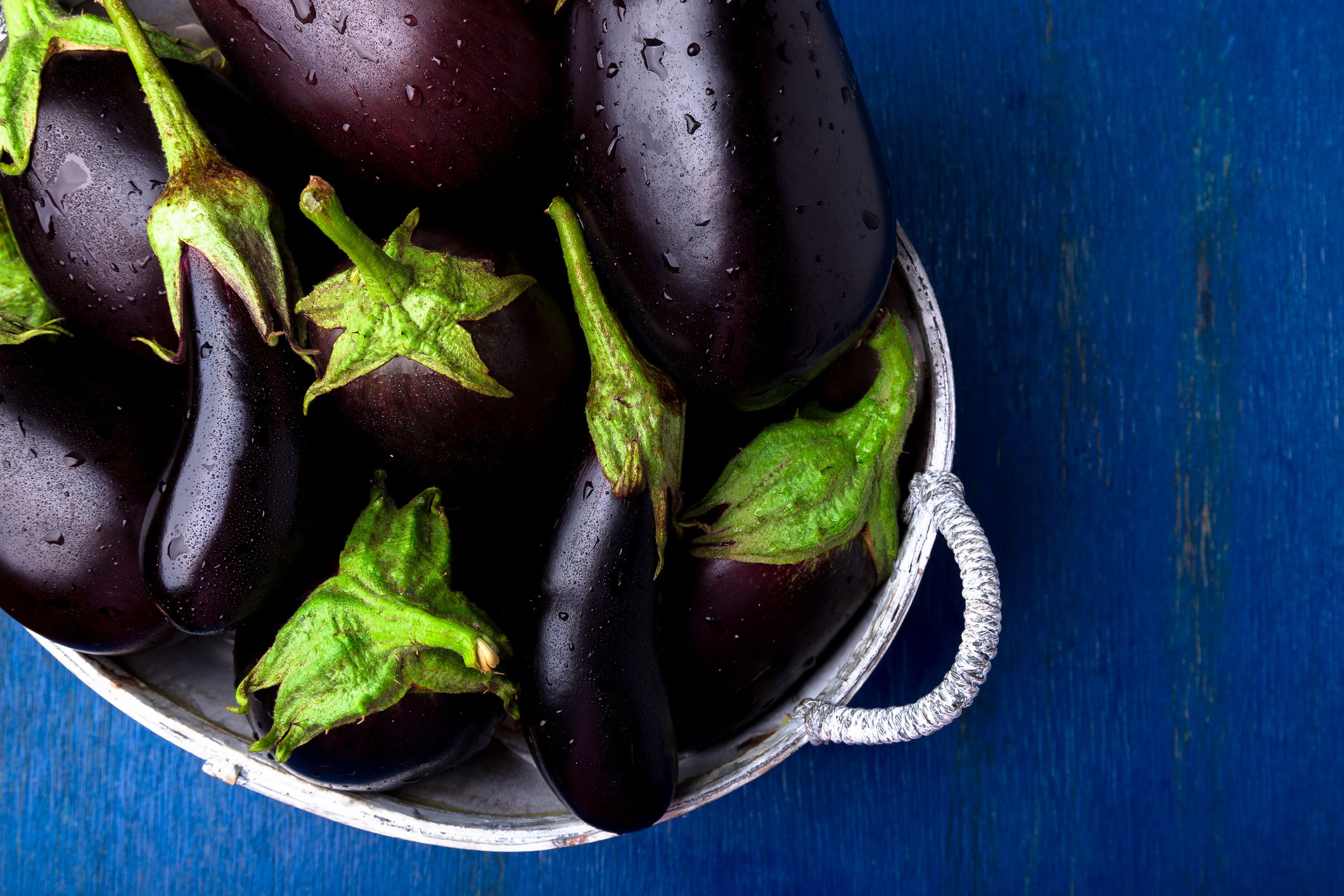
The deep purple eggplant is 95 percent water, but its value doesn’t end there. It’s solidly packed with vitamins C and K, folate, other B vitamins, and a few minerals, such as phosphorus and copper. Potassium also makes a big splash, as do dietary fiber and manganese.
Celery
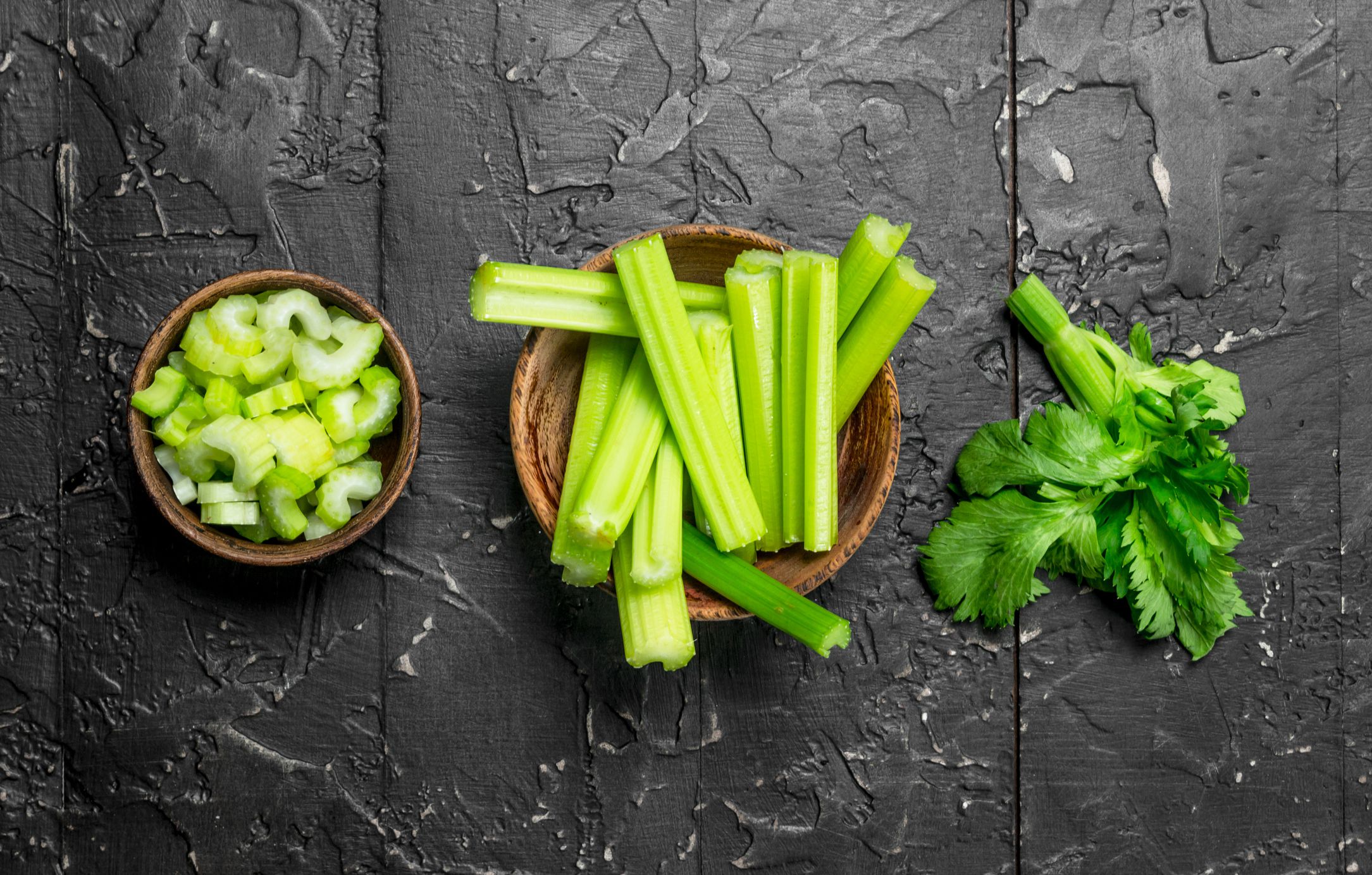
Celery is another veggie full of vitamin K (one serving nets 40 percent of your recommended intake), and its 95 percent water content is on the high end as well.
Radish

Vitamin C, fiber, folate, and potassium make radishes a nutritious choice, but their 95 percent water content makes them a refreshing one as well.
Trending on Cheapism
Zucchini
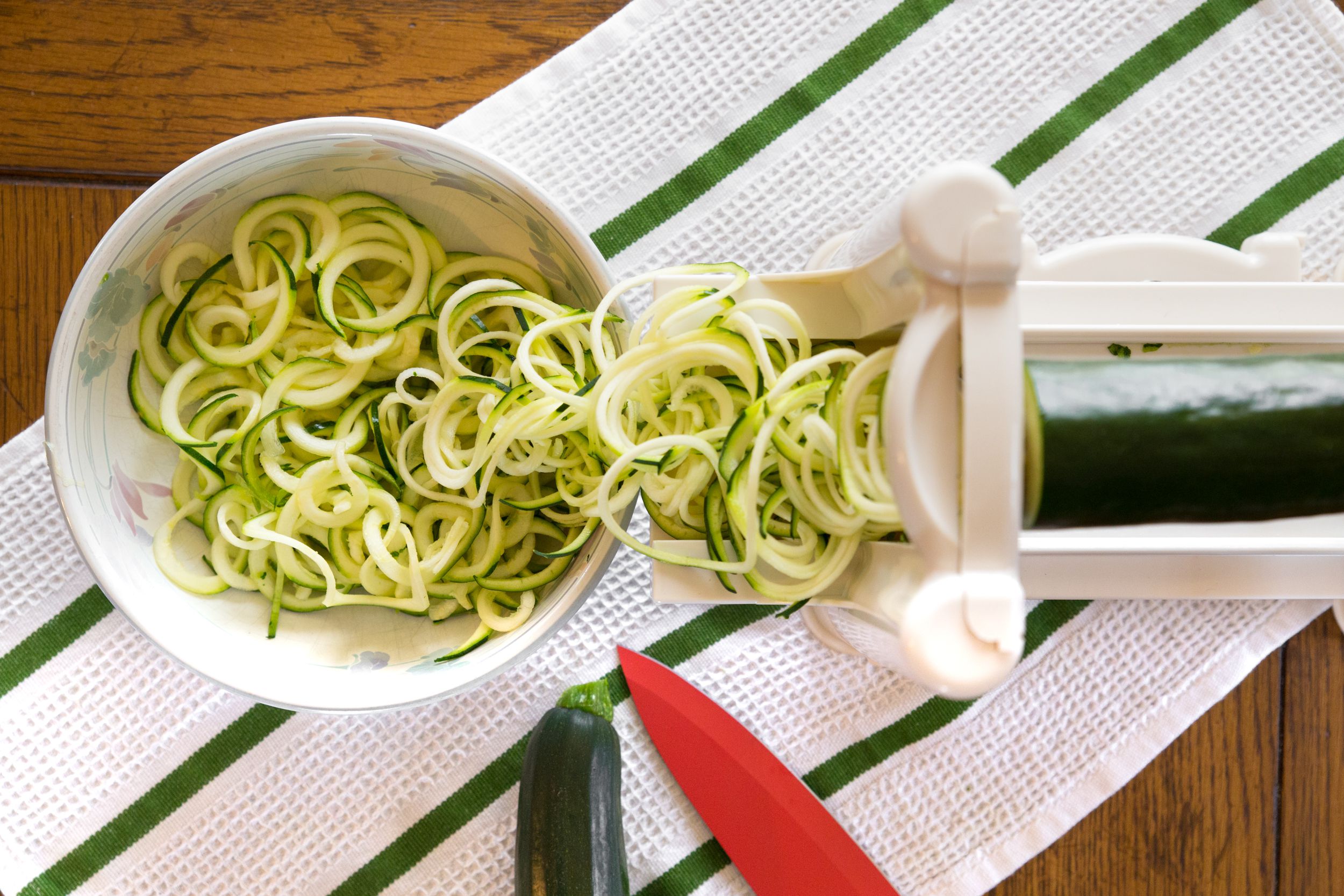
Zucchinis are loaded with water content (94 percent) as well as a load of nutrition with protein, vitamins A, C, and K, and several B vitamins.
Tomato
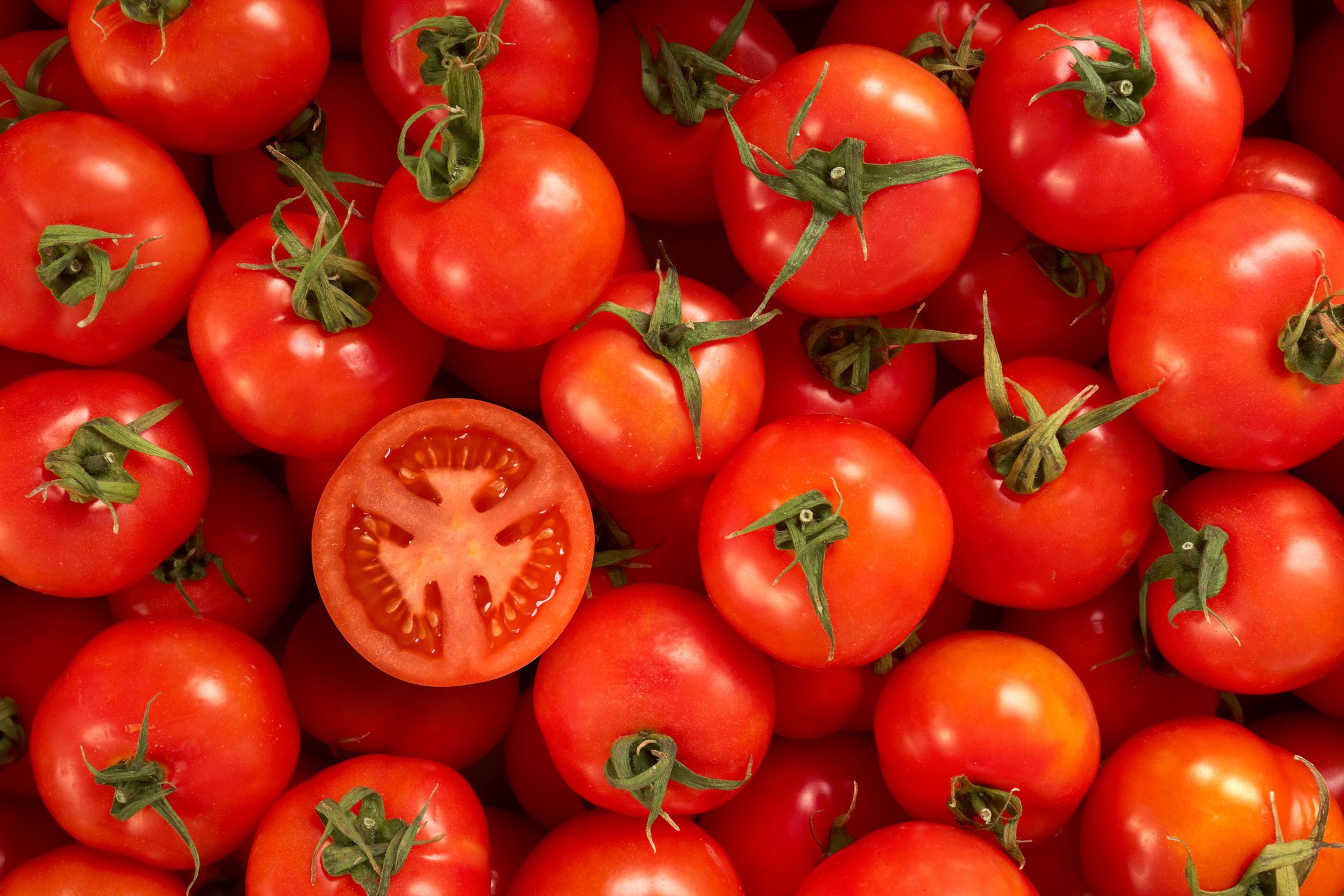
Tomatoes are a fun addition to the picnic table, served on hamburgers, in salads and by the slice. In addition to containing 94 percent water, they’re packed with folate, vitamin K, and vitamin C.
Watermelon
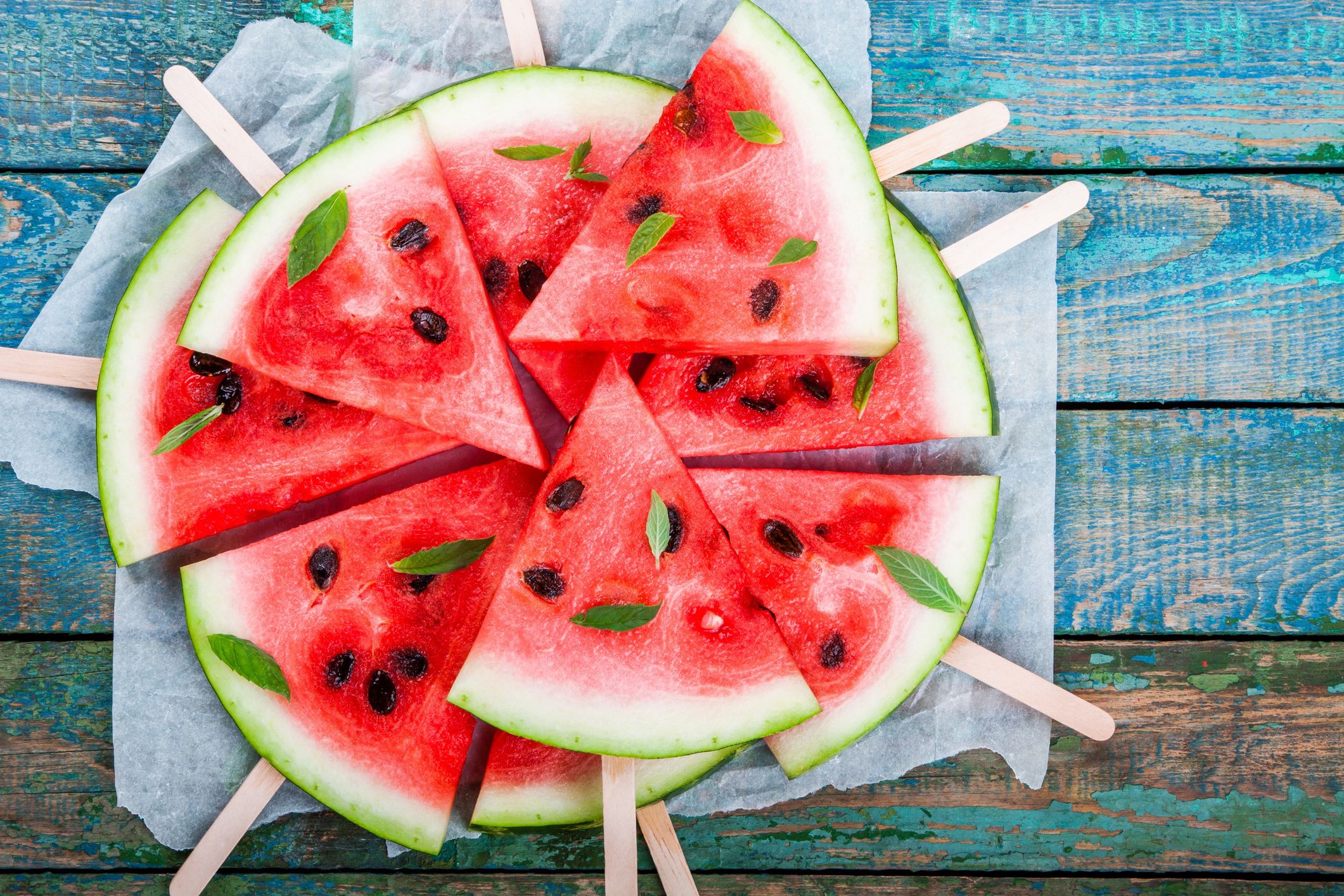
Watermelon, that juicy staple fruit of summer, is true to its name: It is basically a melon made up of 92 percent water.
Sign up for our newsletter
Cabbage
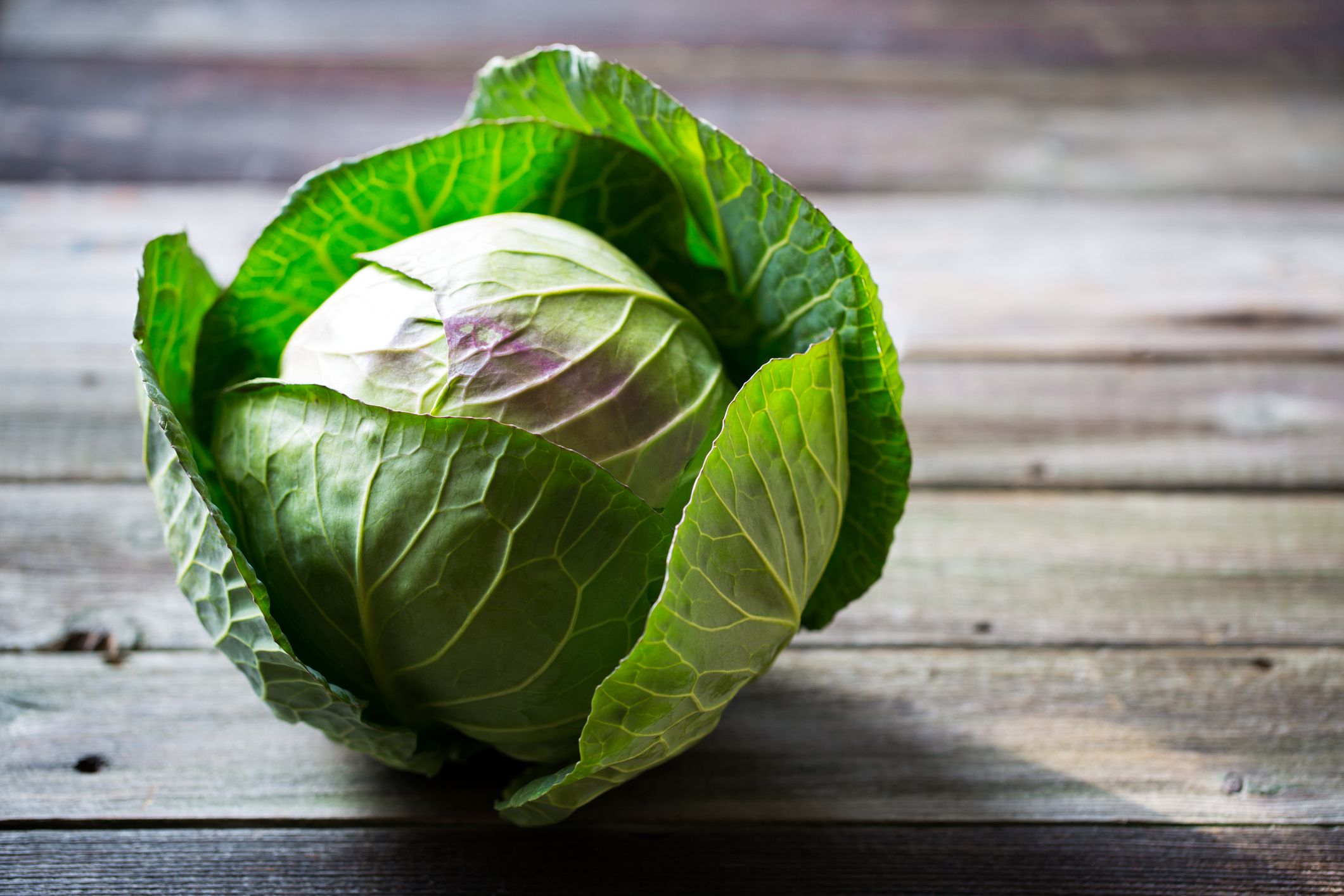
Raw cabbage is a tasty snack, and pretty healthy too. Made up of 92 percent water, it’s also a good source of fiber, vitamin K, folate, vitamin C, and calcium.
Cantaloupe
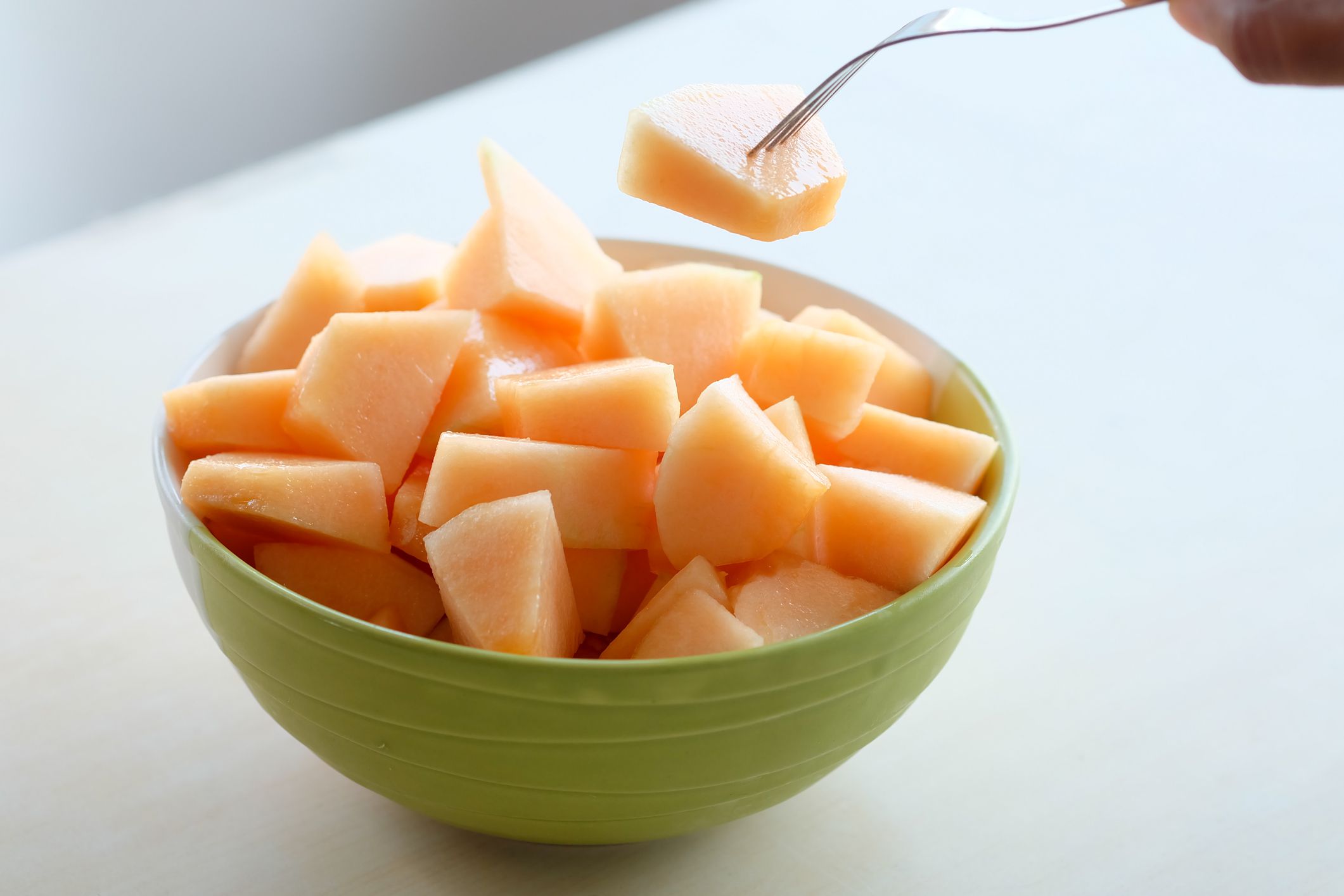
Cantaloupe is another hydrating summer staple treat, consisting of 90 percent water. It’s also a really good source of vitamins A and C, folate, and fiber.
Strawberry
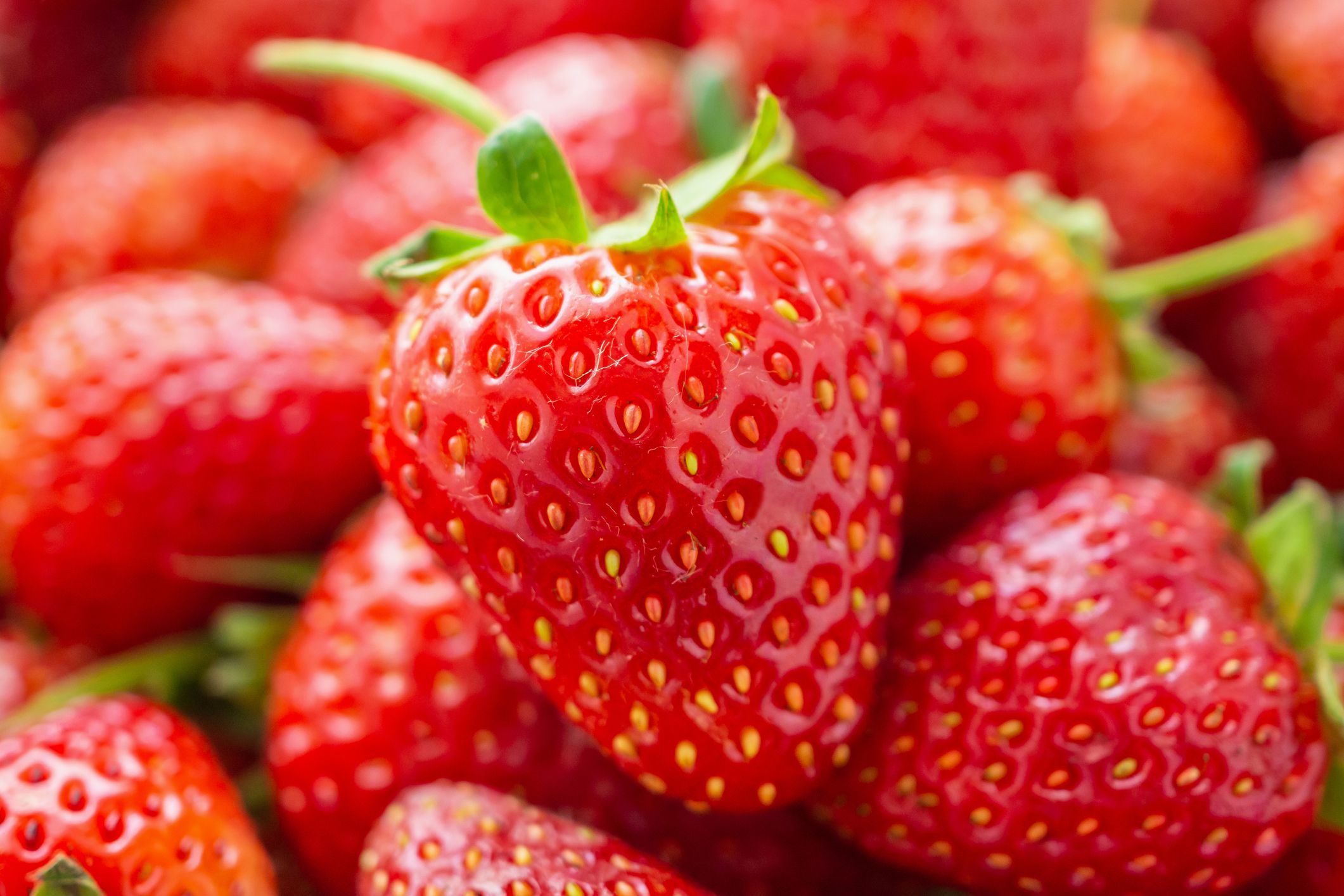
Strawberries are 90 percent water, and also contain vital nutrients — vitamin C is the winner here, but it also has plenty of folate, fiber, and manganese.
Apple

An apple a day probably won’t keep the doctor away 100 percent of the time, but they are 89 percent water and a good source of fiber and vitamin C.
Broccoli
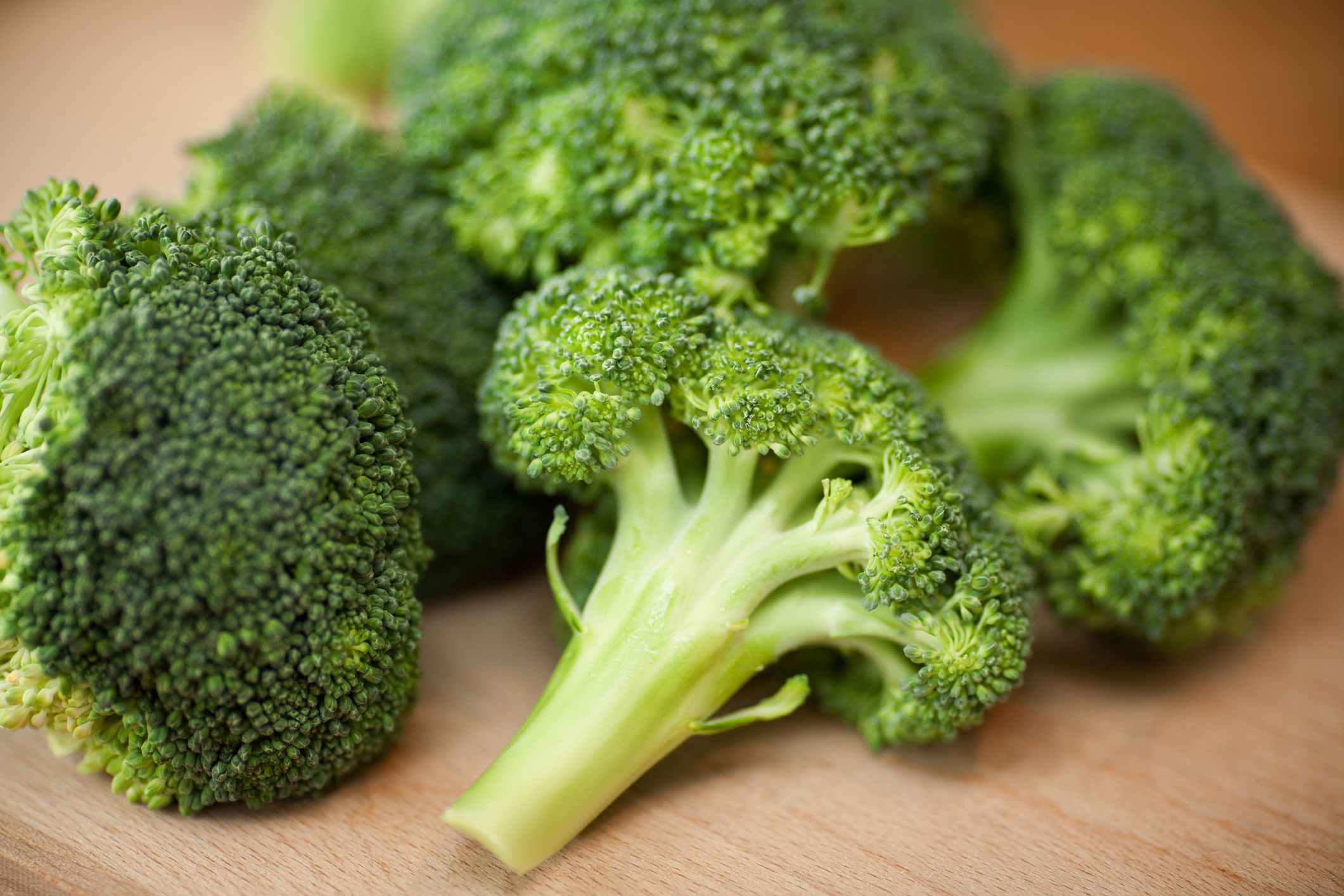
Broccoli is chock full of vitamins K and C, but it’s also surprisingly hydrating at 89 percent water.
Grapefruit
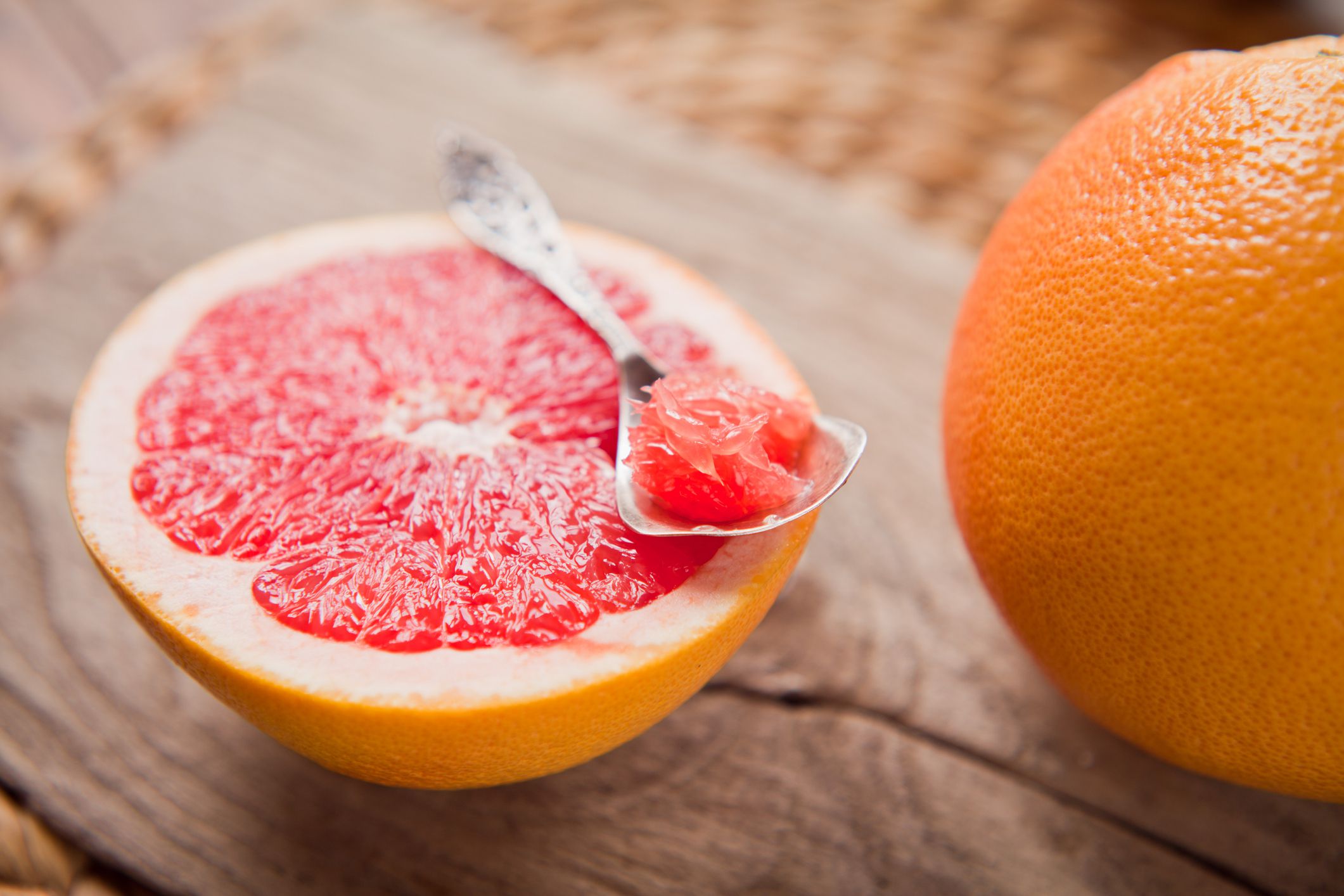
Grapefruit is a citrus fruit that’s made up of 88 percent water. In addition to easy hydration, grapefruit has plenty of vitamin C along for the ride.
Pineapple
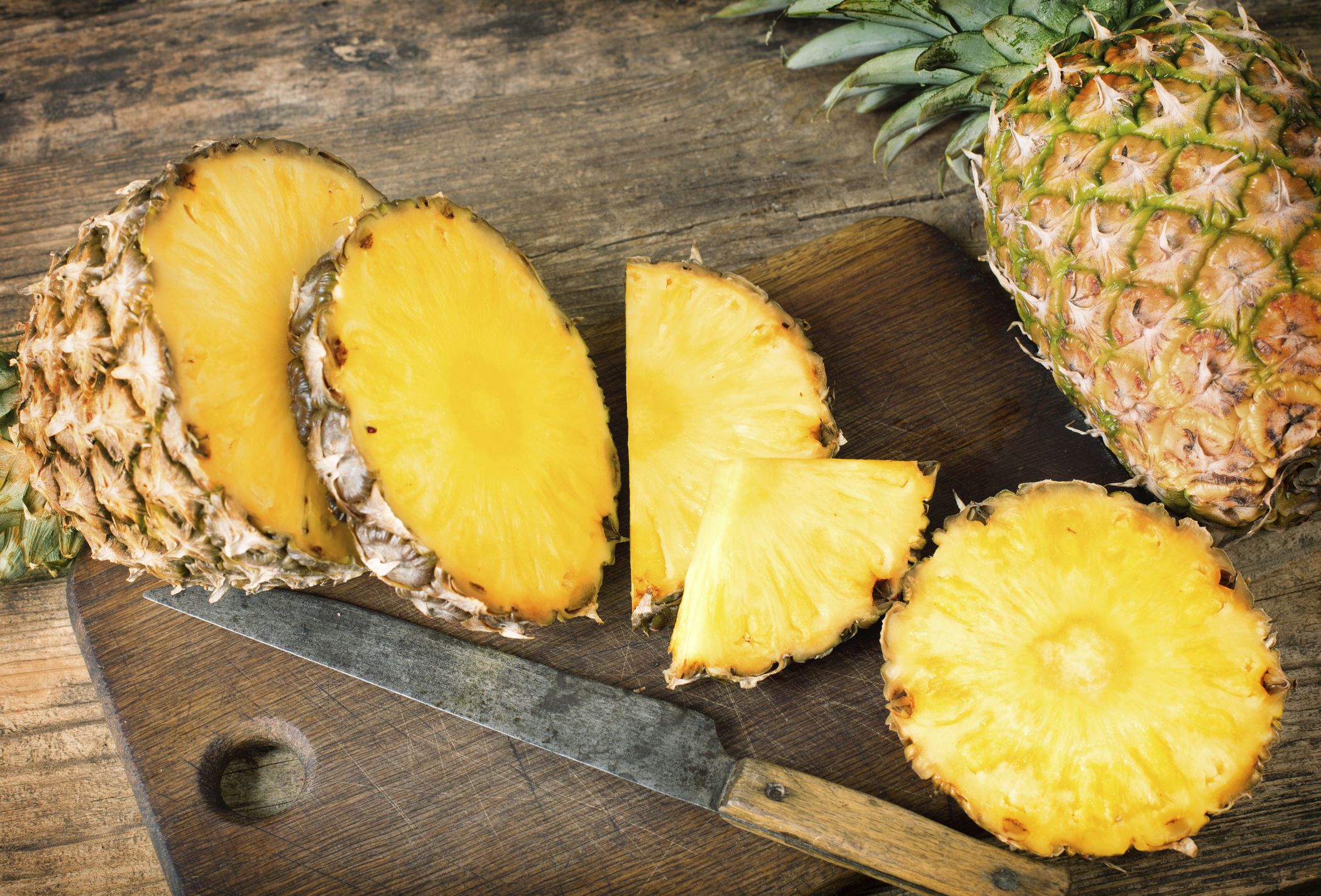
Pineapple is another fruit (this one tropical) with a huge amount of water on board. It checks in at 86 percent water.
Orange
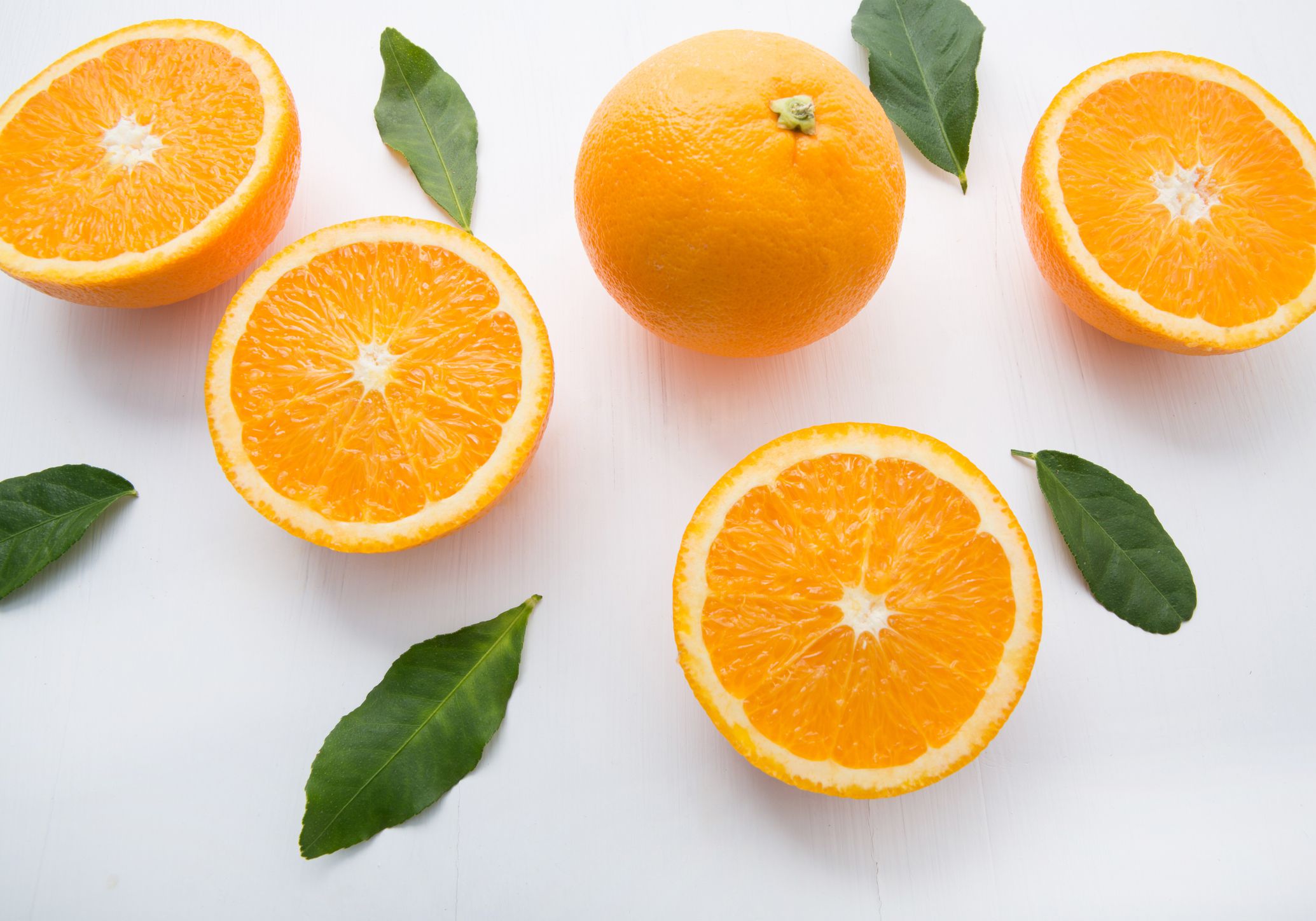
Orange is another citrus fruit that’s loaded with water (to the tune of 86 percent). It’s well known to be an excellent source of vitamin C, but it also has plenty of fiber, some folate, and some vitamin A.
Pear
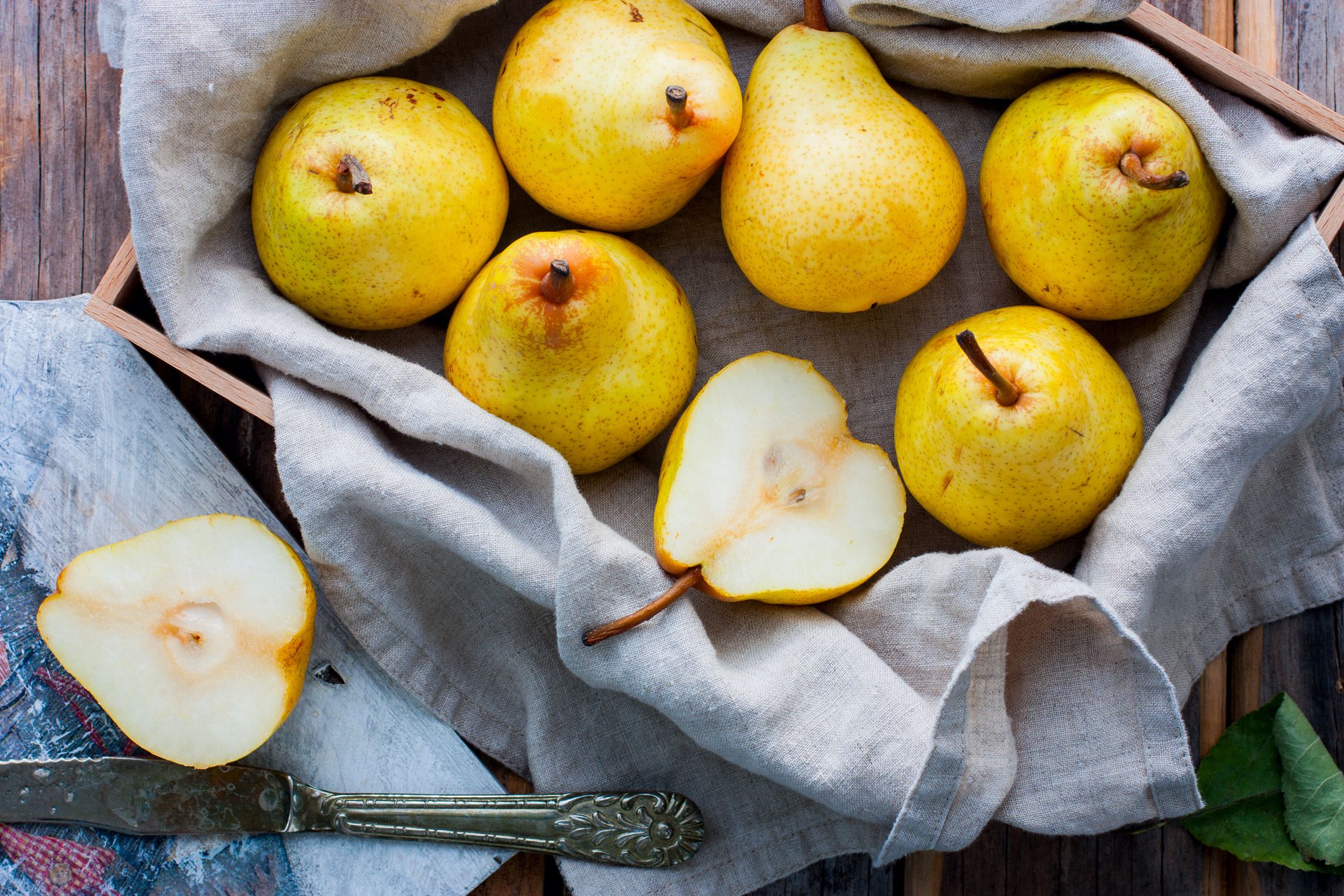
Pears are a delightfully sweet fruit with a hydrating kick (they’re 84 percent water). They also have folate, fiber, and vitamin C.
Kiwi
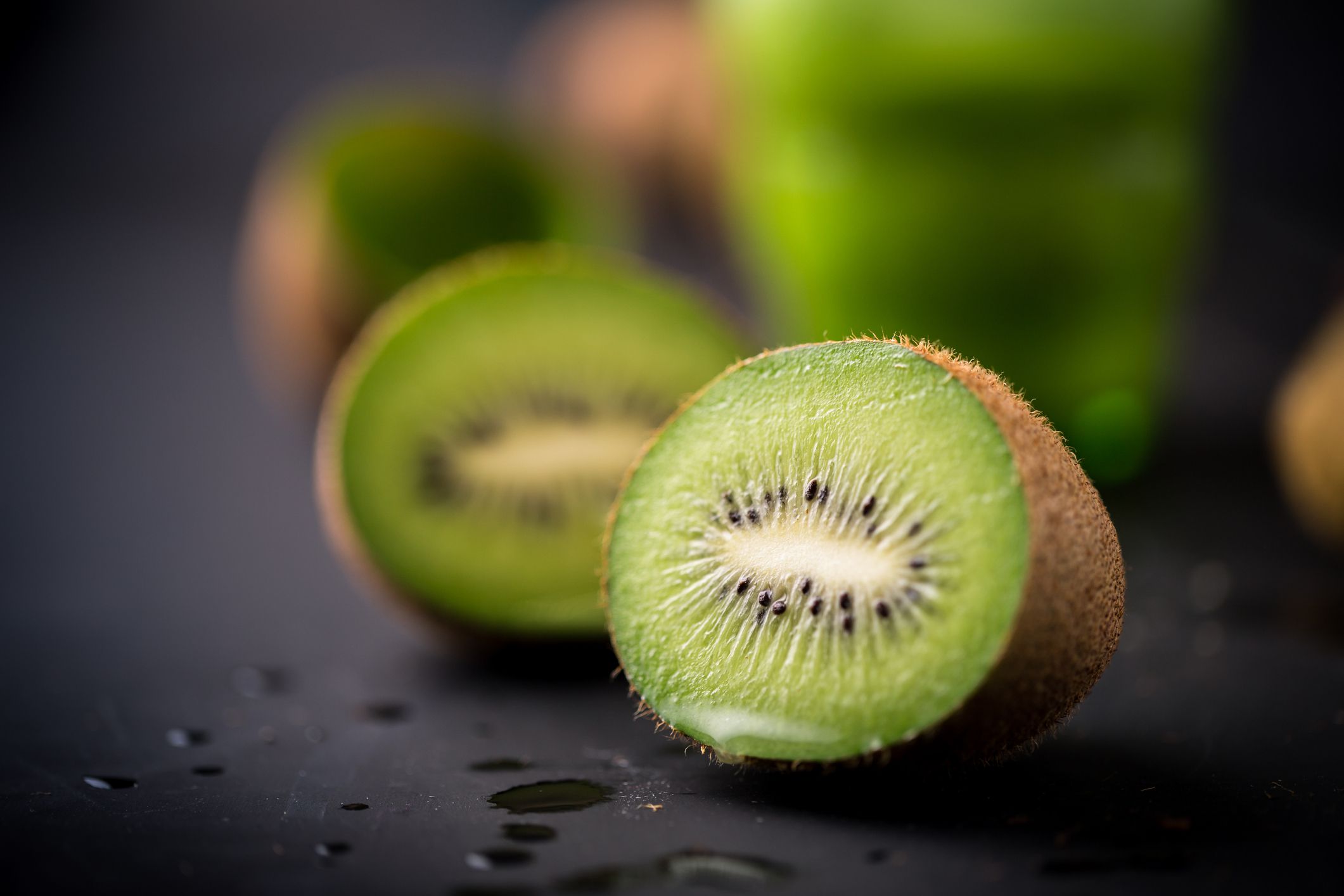
Kiwi fruit is packed with vitamin C, but it’s also got plenty of water to help hydrate during the hot summer months — it’s 83 percent water.
